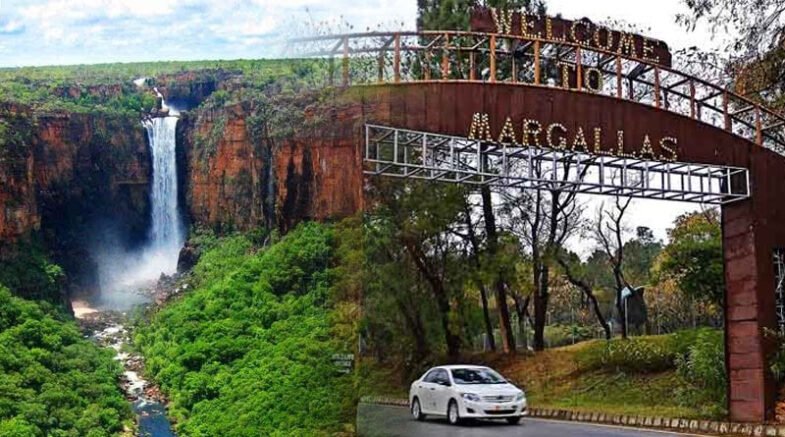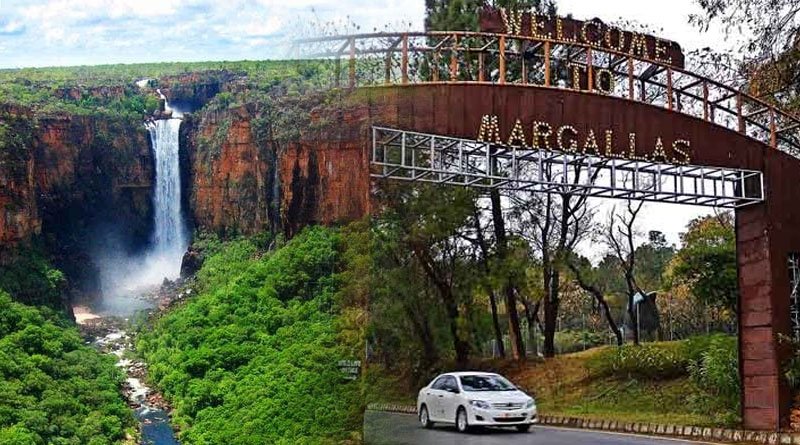IWMB believes that if the government wants to establish more model villages or legalise illegal settlements in Zone III, it should add vacant land of the same size to national park.

The Islamabad Wildlife Management Board (IWMB), the body in charge of protecting Margalla Hills National Park, appears eager to find a workable solution to proposed amendments to the ICT Regulations for Zone III, which is part of the national park.
According to the details, the Capital Development Authority (CDA) is working hard to secure the services of the Survey of Pakistan in order to implement its previously prepared plan to amend Zone III ICT regulations with proper demarcation of its boundaries.
On the other hand, the IWMB believes that if the government wants to establish more model villages or legalise illegal settlements in Zone III, it should add vacant land of the same size to the national park with the goal of providing natural habitat to wildlife species, especially leopards.
The developers are also planning to build a housing society on 5,000 kanals of land in the Gokina, Talhar, and Shahdara areas. According to a CDA official, they have forwarded a summary to the federal government in order to change the regulations governing Zone III.
“We proposed to the federal government two options: approve the proposed changes made by a committee headed by CDA’s member planning or form a commission to review this issue,” he explained.
The current situation suggests that existing zones may be retained and all grey areas of Zone III delineated, which will never be a national park.
“We have also decided to complete the demarcation of sub-zone boundaries through the Survey of Pakistan. There is also a proposal to include the area between the national park and the residential sectors, from sector F-6 to sector C-16, in Zone I,” the official said.
The Margalla Hills National Park is located in the Islamabad Capital Territory of Pakistan. It is a protected area that covers an area of 17,386 hectares and is home to a wide variety of plant and animal species. The park is known for its beautiful landscapes, including hills, valleys, and streams.
It is also a popular spot for hiking, rock climbing, and picnicking. The park is managed by the Islamabad Wildlife Management Board, which is responsible for the conservation and management of wildlife in the area.
